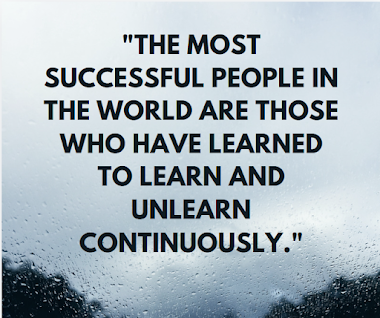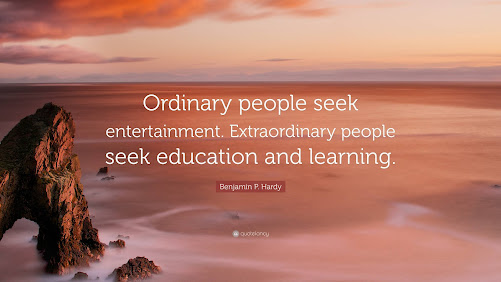The Way You Start Your Day Determines How Well You Live Your Day
The adage "The way you start your day determines how well you live your day" underscores the significant impact of morning routines on the overall quality of life. Mornings set the tone for the entire day, influencing productivity, mood, and overall well-being. By adopting a positive and structured start to the day, one can harness the power of the morning to enhance their daily experience and long-term success.
The Power of Morning Routines
A well-crafted morning routine can serve as a foundation for a productive and fulfilling day. Successful individuals often attribute their achievements to the consistency and effectiveness of their morning rituals. These routines provide a sense of control and preparedness, helping to reduce stress and increase focus. Whether it's through exercise, meditation, reading, or planning, these activities can energize the body and mind, setting a positive trajectory for the day ahead.
Incorporating physical activity into your morning routine is one of the most effective ways to boost energy levels and improve mood. Exercise stimulates the release of endorphins, the body's natural mood lifters, and enhances cognitive function. It also helps regulate sleep patterns, which is crucial for maintaining overall health. Whether it's a brisk walk, a session at the gym, or a few minutes of stretching, physical activity can invigorate you and prepare you to tackle the day's challenges.
Starting the day with mindfulness or meditation can significantly impact mental clarity and emotional stability. These practices help to calm the mind, reduce anxiety, and increase focus. Mindfulness involves being present in the moment, which can help you approach the day with a clear and balanced mindset. Meditation, on the other hand, can foster a sense of peace and enhance your ability to handle stress. Even just a few minutes of deep breathing or quiet reflection can set a positive tone for the day.
A nutritious breakfast is another cornerstone of a productive morning routine. Eating a balanced meal that includes protein, fiber, and healthy fats provides the necessary fuel for the body and brain. Skipping breakfast or consuming unhealthy options can lead to energy crashes and impaired concentration. By prioritizing a healthy breakfast, you can maintain steady energy levels and improve cognitive function throughout the day.
Taking a few moments each morning to plan and prioritize your tasks can lead to greater productivity and reduced stress. Creating a to-do list or setting specific goals helps to clarify what needs to be accomplished and provides a roadmap for the day. This practice can prevent feeling overwhelmed by breaking down larger tasks into manageable steps. Prioritizing tasks also ensures that the most important and urgent activities are addressed first, leading to a more efficient and successful day.
Cultivating a positive mindset from the moment you wake up can profoundly affect your day. Practicing gratitude by acknowledging the things you are thankful for can shift your focus from potential stressors to the positive aspects of your life. Affirmations and positive self-talk can also reinforce confidence and motivation. Starting the day with positivity can create a ripple effect, influencing how you perceive and react to various situations throughout the day.
"The way you start your day determines how well you live your day" highlights the importance of morning habits in shaping daily experiences. By incorporating physical activity, mindfulness, healthy nutrition, planning, and a positive mindset into your morning routine, you can set a foundation for a productive, fulfilling, and successful day. These practices not only enhance immediate well-being but also contribute to long-term health and happiness. Embrace the power of the morning, and watch how it transforms the quality of your life.
















.jpg)
